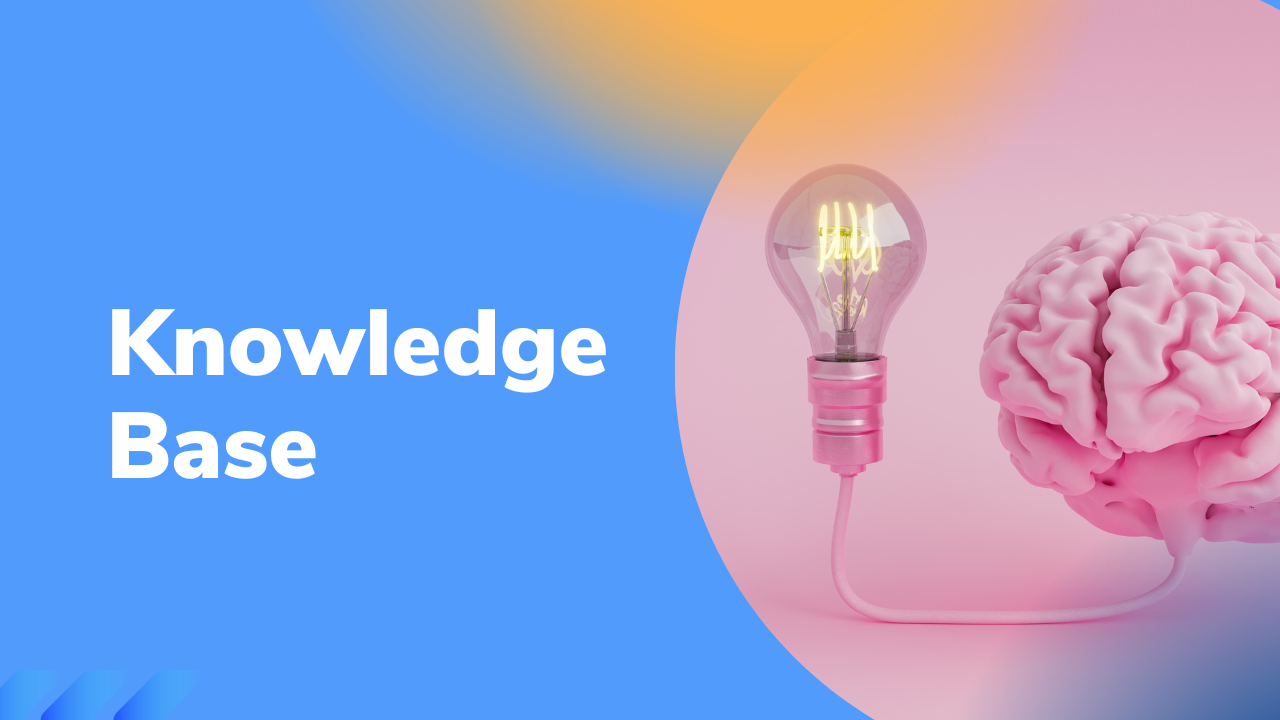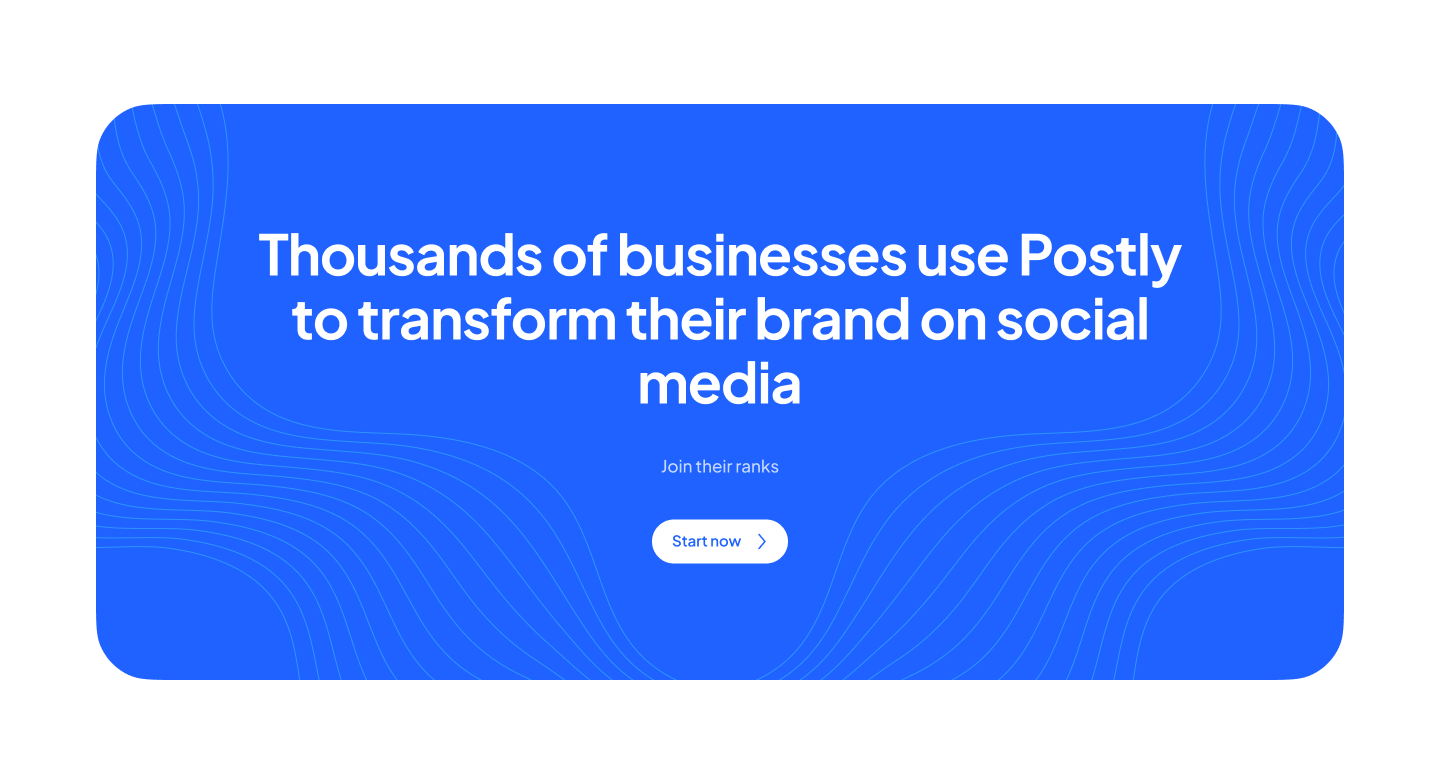Customer support best practices and follow-up email guide for SaaS businesses

Customer support for SaaS businesses
Customer support for Software as a Service (SaaS) businesses refers to the set of services and resources provided to customers to assist them in using the SaaS product effectively, addressing their concerns, and ensuring their overall satisfaction. SaaS customer support is crucial for maintaining positive customer relationships and reducing churn, as well as for gathering valuable feedback for product improvement. Here are the key aspects of customer support in SaaS businesses:
1. Technical Assistance: SaaS customer support includes helping customers resolve technical issues or difficulties they may encounter while using the software. This can involve troubleshooting problems, assisting with software setup, and providing guidance on using various features.
2. Product Knowledge: Support agents should have in-depth knowledge of the SaaS product. They should be able to answer customer questions, offer tips, and guide users in getting the most out of the software.
3. Onboarding: Assisting new customers with onboarding is critical. This involves helping users get started with the software, setting up their accounts, and providing initial training to ensure a smooth transition into using the product.
4. User Training: Providing training resources, tutorials, webinars, and documentation to help customers learn how to use the SaaS product effectively. Some SaaS companies also offer one-on-one training sessions.
5. Troubleshooting: Quickly and effectively resolving customer issues and technical problems. This may involve real-time chat support, email support, phone support, or a combination of these.
6. Customer Feedback: Gathering feedback from customers to identify areas for improvement. This feedback can be invaluable for product development and enhancement.
7. Customer Success: Ensuring that customers are achieving their desired outcomes with the SaaS product. Customer success teams work to understand customer goals and offer guidance to help them achieve success.
8. Community and Self-Service Resources: Providing online communities, forums, and self-service portals where customers can find answers to common questions and interact with other users.
9. Escalation and Issue Resolution: Handling and escalating more complex or persistent issues to higher-level support or development teams when necessary.
10. Proactive Communication: Proactively reaching out to customers to inform them of updates, new features, or changes to the service.
11. Billing and Account Management: Addressing billing inquiries, subscription management, and account-related issues.
12. Monitoring and Analytics: Monitoring the performance of the SaaS platform to identify and address potential issues before they impact customers. Analyzing customer usage and behavior to improve the user experience.
SaaS businesses often use various customer support channels, including email, live chat, phone, and support ticket systems, to aid their customers. Additionally, many SaaS companies measure and track customer satisfaction and support performance using metrics like Net Promoter Score (NPS) and Customer Satisfaction (CSAT) scores to continually enhance their support services and the overall user experience. Effective customer support is essential for building and maintaining a loyal customer base in the highly competitive SaaS industry.
Ticket management best practices for SaaS businesses
Effective ticket management is crucial for SaaS businesses to provide efficient customer support and ensure customer satisfaction. Here are some best practices for ticket management in SaaS businesses:
1. Use a Dedicated Ticketing System: Invest in a reliable ticket management system that allows you to centralize and organize customer inquiries and support requests. Popular options include Zendesk, Freshdesk, Intercom, or custom solutions built in-house.
2. Automate Ticket Routing: Implement automated ticket routing rules based on criteria like issue type, customer category, or urgency. This ensures that tickets are directed to the appropriate support agents or teams for faster resolution.
3. Clear Ticket Categorization: Develop a well-defined system for categorizing and prioritizing tickets. This helps in identifying critical issues quickly and assigning resources accordingly.
4. Set Service Level Agreements (SLAs): Define SLAs for response and resolution times based on the priority and severity of issues. Adhere to these SLAs to meet customer expectations.
5. Knowledge Base Integration: Integrate your ticketing system with a knowledge base or FAQ repository. This allows support agents to easily reference and share relevant articles with customers, which can help in faster issue resolution.
6. Customer Self-Service: Promote self-service options, such as FAQs, forums, and user guides, to encourage customers to find solutions to common problems on their own, reducing the number of support tickets.
7. Automation and Chatbots: Use automation and chatbots for handling routine queries and automating ticket creation for common issues. This frees up human agents to focus on more complex problems.
8. Collaborative Tools: Enable collaboration among support agents by using shared notes, internal chat, or mentions within the ticketing system. This helps in sharing information and resolving issues efficiently.
9. Escalation Paths: Define clear escalation paths for tickets that require the attention of higher-level support or development teams. Ensure there is a process for escalating issues when needed.
10. Customer Feedback Loop: Collect feedback from customers on their support experience. Use this feedback to continually improve support processes and the quality of service.
11. Performance Metrics: Monitor and measure key performance indicators (KPIs) such as response time, resolution time, ticket volume, and customer satisfaction scores. Use these metrics to identify areas for improvement.
12. Integration with CRM: Integrate your ticketing system with your Customer Relationship Management (CRM) software to maintain a comprehensive view of the customer's history, preferences, and previous interactions.
13. Cross-Training and Knowledge Sharing: Ensure that support agents are cross-trained and regularly share their knowledge and best practices. This helps in building a stronger support team.
14. Security and Privacy Compliance: Be diligent in handling sensitive customer information, ensuring data security and privacy compliance, especially if your SaaS deals with confidential data.
15. Regular Training and Development: Invest in continuous training and development for your support team to keep them updated on product changes and best practices in customer support.
16. Feedback and Improvement: Regularly review and improve your ticket management processes based on feedback from both customers and support agents.
By implementing these best practices, SaaS businesses can streamline their ticket management processes, improve customer support efficiency, and ultimately provide a better experience for their customers. This, in turn, can lead to increased customer satisfaction and retention.
Ticket management golden rule:
Tickets are not closed unless a user confirms they are satisfied. The customer service agent needs to send 3 follow-ups (one per day for 3 days). If no response after the 3 days, you close the ticket.
Customer service follow-up email benefits and templates
Follow-up emails in customer service offer numerous advantages for both businesses and their clientele. Here are some of the key benefits:
1. Enhanced Customer Satisfaction: Follow-up emails convey your genuine concern for customers and their experiences, leading to increased satisfaction by demonstrating your commitment to their well-being.
2. Strengthened Customer Relationships: Consistent follow-ups contribute to stronger customer relationships. Maintaining contact helps nurture trust and loyalty, making customers more likely to return for future purchases.
3. Effective Problem Resolution: If a customer faces an issue or expresses a complaint, follow-up emails provide an opportunity to address and resolve it. This can transform a negative encounter into a positive one and potentially salvage the customer relationship.
4. Valuable Feedback Collection: Follow-up emails may include surveys or requests for feedback, allowing you to gather valuable insights into your products or services. This information guides improvements, resulting in better customer experiences.
5. Upselling and Cross-Selling Opportunities: Utilize follow-up emails to recommend complementary products or services, increasing the chances of additional sales. Personalized and relevant recommendations are especially effective in this regard.
6. Customer Retention Tool: Consistent communication with customers helps maintain their loyalty. Retaining existing customers is often more cost-effective than acquiring new ones, making follow-up emails a critical retention strategy.
7. Referral Incentives: Satisfied customers are more likely to refer friends and family to your business. You can encourage referrals within your follow-up emails, potentially expanding your customer base.
8. Reinforced Brand Engagement: Through follow-up emails, you keep customers engaged with your brand, reinforcing brand awareness and recognition. This can result in better brand recall when they're ready to make another purchase.
9. Churn Reduction: Effective follow-up strategies can reduce churn, which is the rate at which customers leave your business. Keeping customers engaged and informed deters them from switching to competitors.
10. Data Verification: Follow-up emails can be employed to verify customer data, such as contact information and preferences, ensuring your records are up-to-date and accurate.
11. Timely Communication: When you have important updates, promotions, or announcements to share, follow-up emails enable direct communication with your customers, keeping them informed and engaged.
12. Competitive Edge: Well-executed follow-up strategies can set your business apart from competitors that may not invest as much effort into customer service and relationship-building.
13. Positive Brand Reputation: Consistent, positive interactions through follow-up emails contribute to a favorable brand reputation, attracting new customers and fortifying existing relationships.
Customer follow-up email templates
1. Update on the issue
Hi [Name],
I'd like to provide you with an update regarding the status of your issue. Our technical support team is actively working on resolving it, and I want to assure you that your issue is a top priority for us. Rest assured, we will notify you promptly as soon as it is resolved. Thank you for your patience!
Have a great day, [YOUR SIGNATURE]
2. Proactive follow-up email
Hi [Name],
I hope you're doing well. I wanted to follow up on the recent issue you experienced with [details of the issue]. Have you found a resolution, or do you require any further assistance? Please don't hesitate to reach out; I'm here to help in any way I can.
Have a great day, [YOUR SIGNATURE]
3. Follow-up email after customer confirms that issue has been resolved, encouraging self-service
Hi [Name],
I'm delighted that we successfully resolved the [issue]. By the way, our [Help Center](https://postly.ai/help-center) is a valuable resource where you can find a wealth of information and assistance. Should you have any other inquiries or suggestions to enhance your experience with us, please do not hesitate to inform us. Don't hesitate to reach out via email if you have any questions, concerns, or issues—we're always here and eager to assist you.
Regards, [YOUR SIGNATURE]
4. Follow up email after no response
Hi [Name],
I'm reaching out one final time regarding your case concerning [case topic]. It has been [number of days] days since our last communication, and as a result, we will be closing this ticket. If you require additional assistance in the future, please don't hesitate to either reopen this ticket or open a new one. We're here to provide any support you may need.
Thanks again! [YOUR SIGNATURE]
5. Support ticket closure follow-up email
Hi [Name],
Thank you for contacting us about [details of the issue]. Our records show that your issue has been resolved, so your ticket will be closed in 3 days. If you still need our help or have any more questions, just hit ‘reply’ and we’ll get back to you shortly.
Regards, [YOUR SIGNATURE]
6. Asking for feedback follow-up email
Hi [Name],
We’re reaching out regarding your recent issue with [details of the issue] that was resolved on [date]. To help us serve you better, we’d love to hear about your experience with our support team.
On a scale of 1 to 5, how easy was it to get your issue resolved?
1 = Extremely difficult 2 = Very difficult 3 = Neither 4 = Very easy 5 = Extremely easy
We appreciate your feedback. And as always, if there’s anything else we can do for you in the future – please don’t hesitate to reach out again.
Thanks, [YOUR SIGNATURE]

